In Nagano, I had the pleasure of visiting one of Japan’s National Treasures, Matsumoto castle. Matsumoto castle is located just a ten minute walk from Matsumoto Station, and it’s definitely worth a visit. It’s one of the oldest castles in Japan, and still has some of its original features intact.
Matsumoto castle is sometimes called “crow castle” because of its black-and-white tiered walls. And, it features a contrasting red bridge spanning the moat which surrounds its walls, a view which is often featured in photos.
Matsumoto castle is unique in that it was built on flatlands rather than a hill or mountain. Matsumoto’s main and second dojon (castle keep) were built between 1592 and 1614. They still maintain the original wooden interior and exterior stonework and in 1635, a third turret was built. A moon-viewing room was also later added to the castle.
While Matsumoto castle is beautiful seen from the outside alone, it is definitely worth paying the 610 yen to go inside. The castle features wide, open floors designed for allowing archers to quickly traverse the room from one side to the other when under attack. You can walk the perimeter of these rooms to get a unique feel of feudal Japan. As you make your way to the top of the castle, the staircases begin to get more narrow, making it more difficult for invaders to reach the upper levels. Unfortunately this works for tourists with large bags as well – so make sure to drop your bag at the station before coming.
Along the walls you can see thin slits for archers, along with larger openings for dumping stones and other heavy objects onto attackers. However, the openings now provide narrow views to the garden and moat below the castle, often allowing for a glimpse of cherry blossoms or the swans that frequent the water.
Reaching the second level of the castle you will find a gun museum, featuring guns, armor, and other weapons. All of the items you will find here were the personal collection of Akahane Michishige, who spent over thirty years amassing the collection. It was donated to the city in 1991.
Finally, a narrow staircase with lines of people going up and coming down the await you. After climbing this narrowest and steepest staircase imaginable, you will reach the moon-viewing room.
As I mentioned earlier, this room was added in 1635 after a military threat had ended. It shows a much softer aspect of Japanese historic culture.
I recommend making a trip to Mastumoto castle, by far one of the most beautiful places I have had the chance to visit in Japan. Although during the peak season the crowds can be irritating and you might have to wait up to two hours to enter the keep, it is worth doing so. You will not have quite the same experience anywhere else.
Matsumoto Access:
To Matsumoto: From Tokyo’s Shinjuku Station, take either a JR “Azusa” or “Super Azusa” limited express train. It’s 6380 Yen for a non-reserved and 6900 yen for a reserved ticket, and takes 2.5 hours. A local train from Shinjuku station requires 4000 Yen, though on a Seishun 18 Kippu,the trip can be as little as 2370 Yen.
From Matsumoto Station to Matsumoto castle: Walk 15 minutes. Alternatively, take the “town sneaker” northern course bus loop line from the station.
[cft format=0]
 Matsumoto Castle
Matsumoto Castle
ESTABLISHMENT POINT_OF_INTEREST TOURIST_ATTRACTION- 4-1 Marunouchi, Matsumoto, Nagano 390-0873, Japan
- ★★★★☆
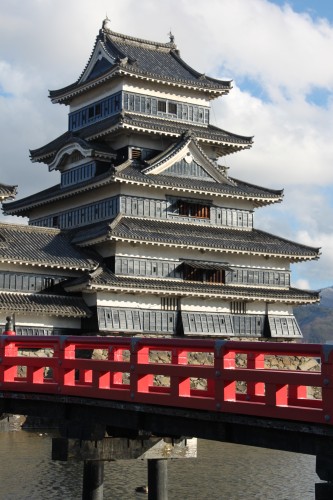
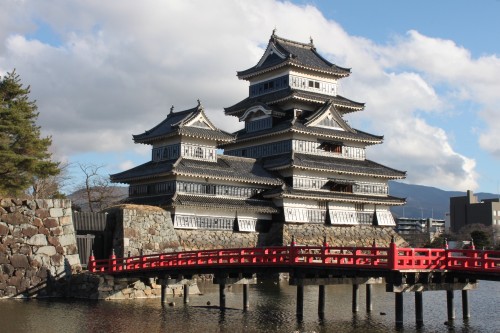
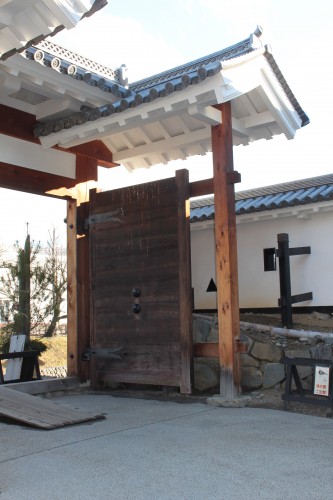
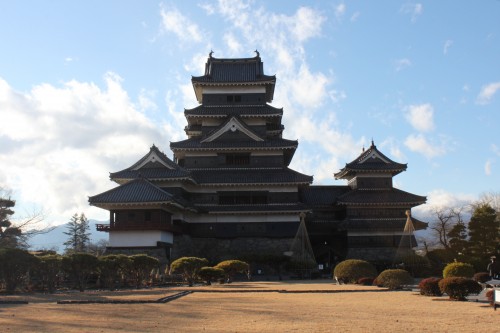
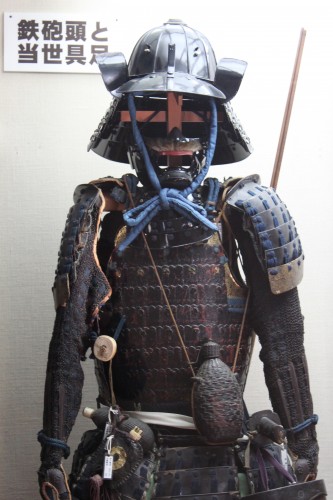
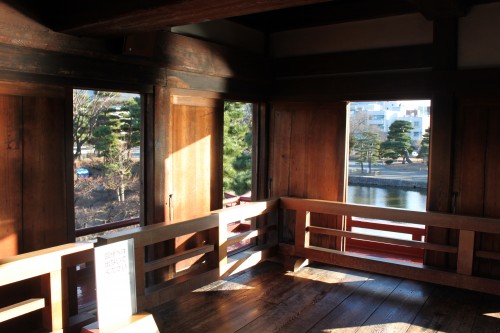
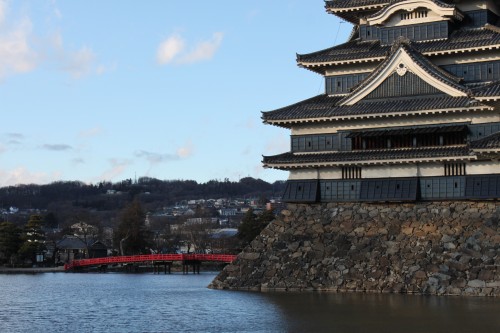
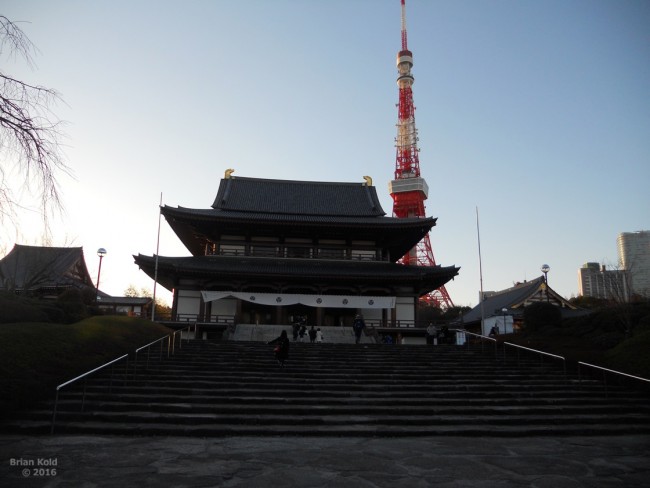

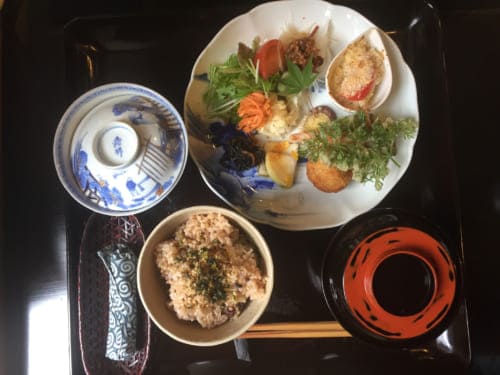
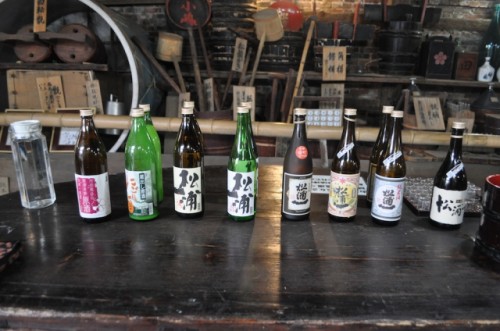
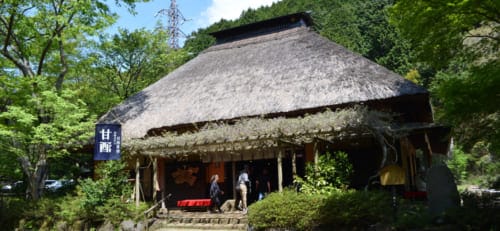


No Comments yet!